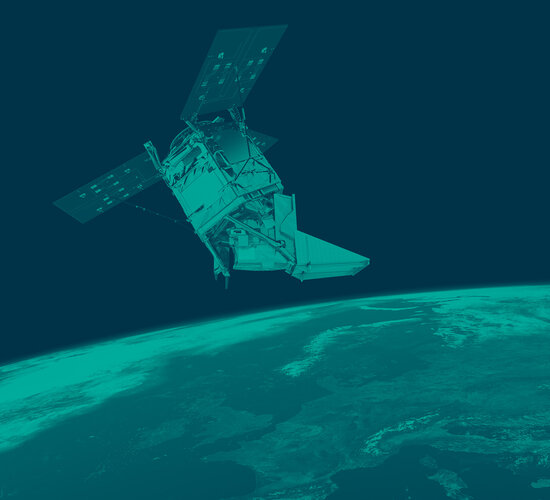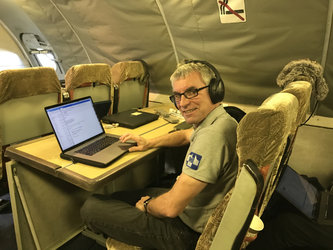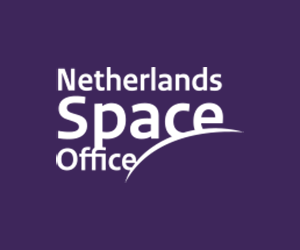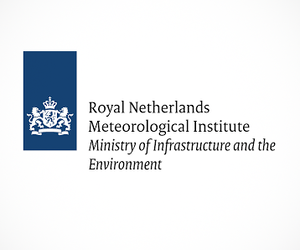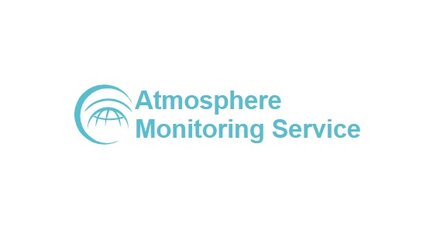Pepijn Veefkind: KNMI Senior Scientist
Pepijn Veefkind is a senior scientist at the Royal Netherlands Meteorological Institute, KNMI, and the principal investigator for Sentinel-5P’s Tropomi instrument. In an interview, Pepijn talks about his role in defining what the mission will deliver.

Pepijn Veefkind, a Dutch national, joined KNMI in 1999. Since 2010 his role as principal investigator is to ensure the Sentinel-5P mission and its Tropomi instrument delivers exactly what is needed to improve air pollution monitoring. Pepijn is also the deputy principal investigator for the Ozone Monitoring Instrument, which has been in orbit since 2004, and associate professor at the Delft university of technology. He has a background in meteorology and physics and he is an expert in satellite remote sensing of trace gases, aerosols and clouds.
ESA: How big of a problem is air pollution?
Pepijn Veefkind
Air pollution is a big problem for many parts in the world. Nowadays, more than half of the people on Earth live in urban areas, where the problem of bad air quality is the worst. It is estimated that pollution causes four million deaths every year. In the Netherlands, where I live, people live on average a year shorter because of air pollution. In addition, air pollution also affects plants and thus also crops. In areas with strong air pollution, the crop yield and so food production is significantly lower. This is very important for a country like India. There is also a strong link between air pollution and climate change. The sources of air pollution, such as cars power plants and industries also emit greenhouse gases.
ESA: How will Sentinel-5P help address the issue of air pollution?
Pepijn Veefkind
A satellite mission does not solve our problems with air pollution. Sentinel-5P carries the Tropomi instrument that will provide accurate and detailed maps of the concentrations of important pollutants. Such maps are very powerful in raising awareness with citizens and policy makers. In addition, we can monitor the concentrations over time, to see if policy measures are effective. For example, in the data from previous satellite images we see that pollution levels in Europe are decreasing, mainly thanks to regulations that enforce cleaner technologies. Another important aspect of the mission is that the data will be used to improve the air-quality forecasts. These forecasts can warn vulnerable people to stay inside if an episode of smog is expected. Many European newspapers and websites provide daily air-quality forecasts.
ESA: What does your role as principal investigator entail?
Pepijn Veefkind
As the principal investigator of the Tropomi instrument, I am responsible for the quality of the data. This is the work of a team of scientists in the Netherlands, in cooperation with other European institutes and ESA. This team has been involved in almost every aspect of the mission. At the beginning, we defined what the instrument should measure and with what accuracy. We also developed the algorithms and the software that will automatically analyse the data once it is send down by the satellite. This is very challenging because we have to analyse the 20 million observations that Tropomi measures each day.
We also worked together with industrial partners on the calibration of the instrument. After the launch of the Tropomi instrument, we will optimise the data quality by fine-tuning the instrument settings and by comparing the data with reference ground stations. As principal investigator, I really like all these different aspects and working in a team of specialists.
ESA: How important is Sentinel-5P’s data for KNMI in particular?
Pepijn Veefkind
KNMI is the Netherlands national institute for weather, climate and seismology. We have a very long tradition in observations of the atmosphere. The Sentinel-5P data fit with this tradition. The data can be used for our research departments as well as for the operational services. For continuing the ozone layer data record, for improving air-quality forecasts and for monitoring emissions. We can investigate the effectiveness of policy measures to improve our air quality. The data is used to provide UV warnings to citizens in the summer and to warn aviation in case of volcanic plumes. Another very important factor is that Sentinel-5P will be followed by the Sentinel 5 missions, which are planned from 2021 until 2040. This long-term data continuity is essential for monitoring climate change.
ESA: What have been the biggest challenges in ensuring Tropomi delivers on its promise?
Pepijn Veefkind
Developing a high-tech satellite mission is never easy. The scientists and engineers have overcome many technical challenges. If I have to name one that is important for our data users, it is the high data rate. The Tropomi instrument measures the entire Earth every day with a high spatial resolution. 20 million observations each containing thousands of wavelengths have to be analysed within three hours after they are measured. This is a challenging task that required optimisation of our algorithms and software. For our data users it will also be a challenge, because they will get 10 times more data from Sentinel-5P than from previous missions!
ESA: How will your role change once Sentinel-5P is in orbit?
Pepijn Veefkind
I am really looking forward to the first data because we will get data of a quality that we have not seen before. We all worked very hard for many years to prepare for that moment. In the first half year of the mission we will check out the instrument, optimise the data quality by fine-tuning the instrument settings and the algorithms. After this phase we will start distributing the data to scientific and operational users all over the world. Feedback from these users is a new and exciting aspect. We don’t make these data only for ourselves: we want the data to be used by as many users as possible. We will work together with them to get the most out of the mission. I hope that the mission will contribute to improve air quality and to protect the climate.
Editor’s note:
This is one in a series of interviews with some of the key people that are involved in the Copernicus Sentinel-5P mission. Please check back as further interviews will be added in over the coming weeks.


